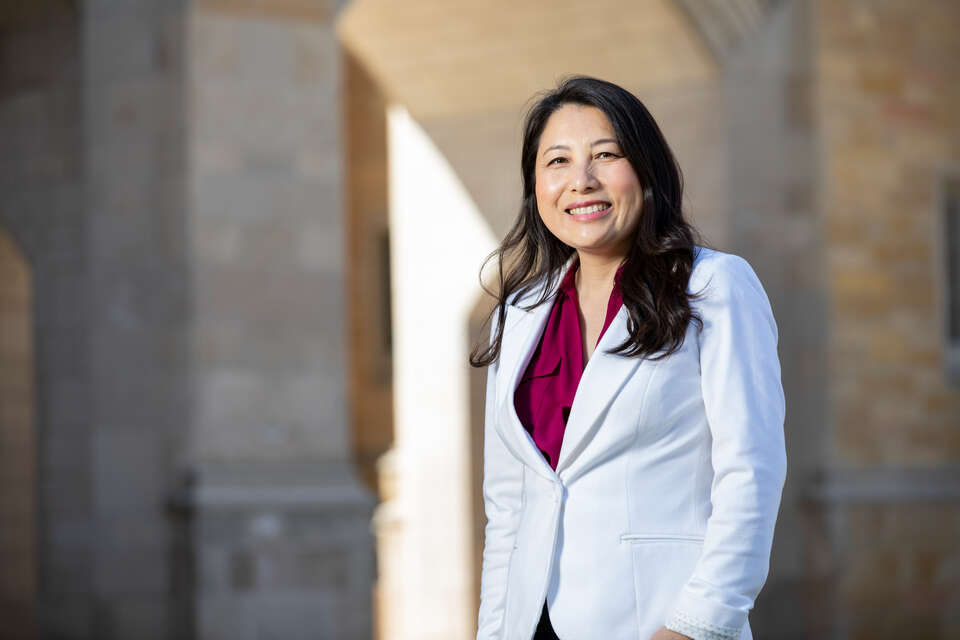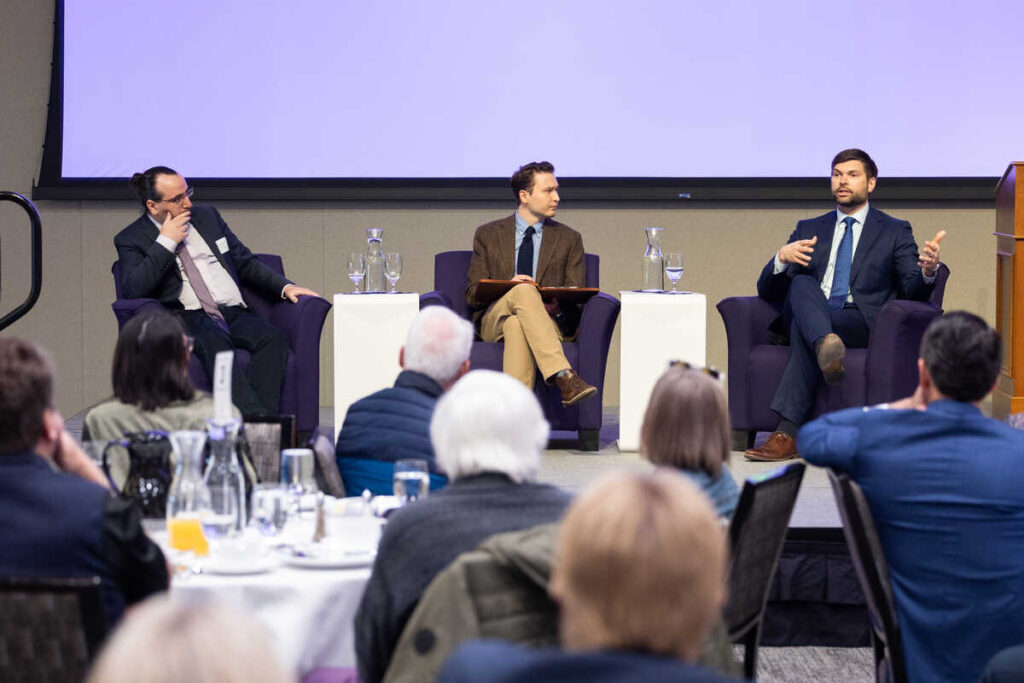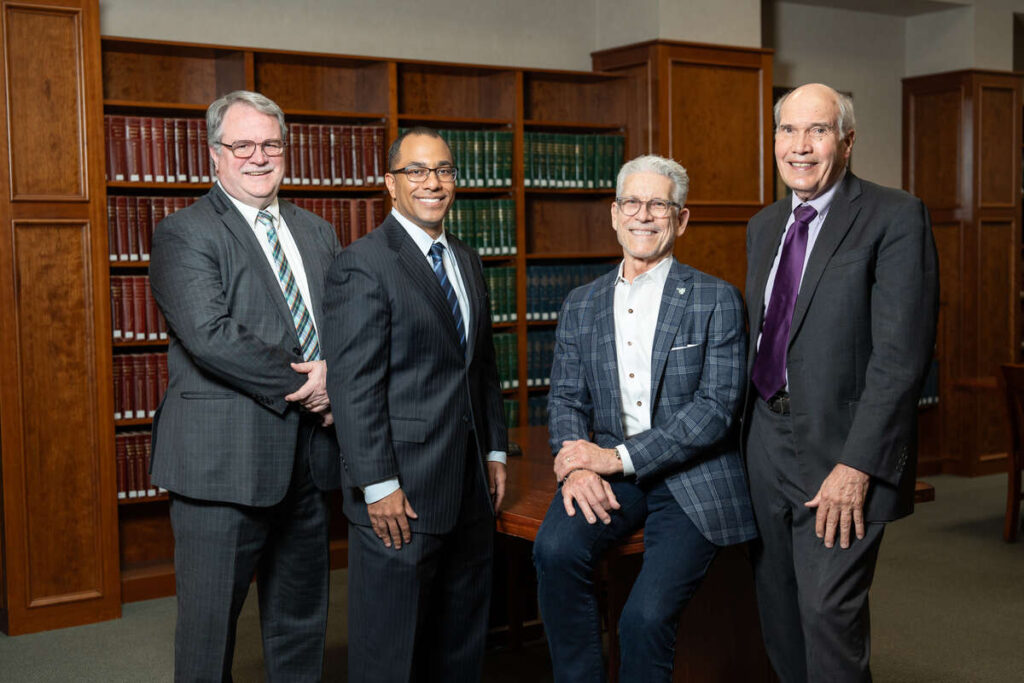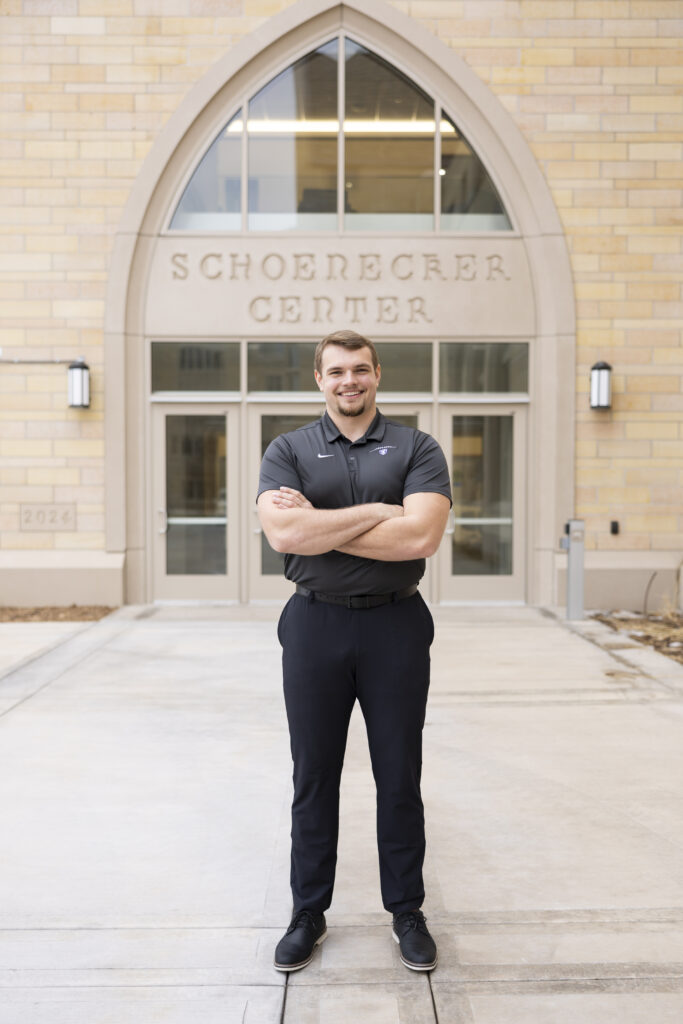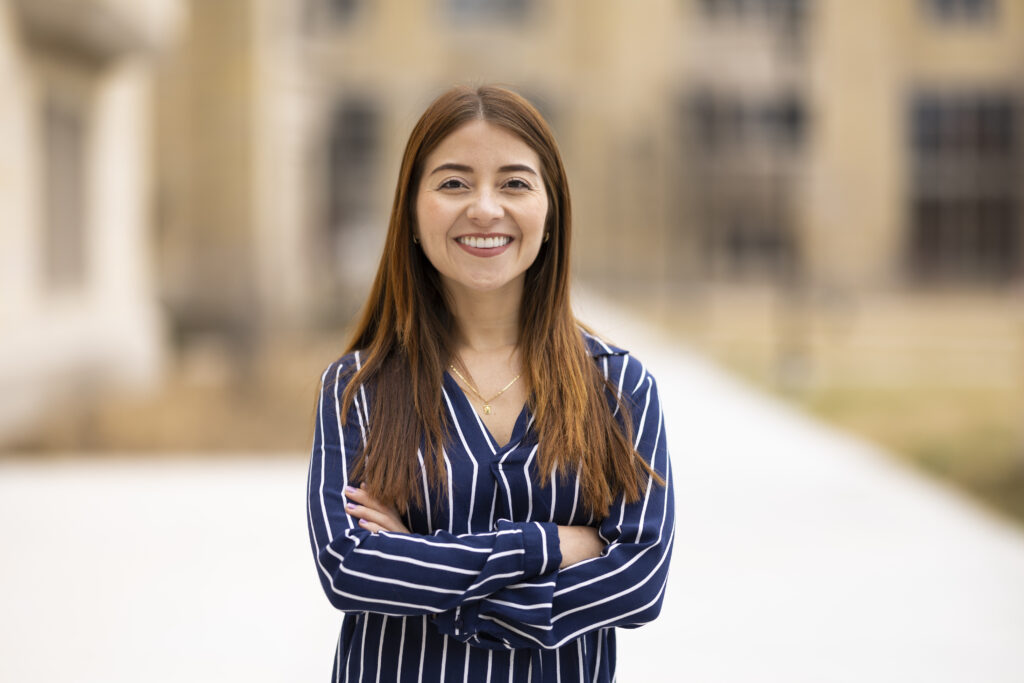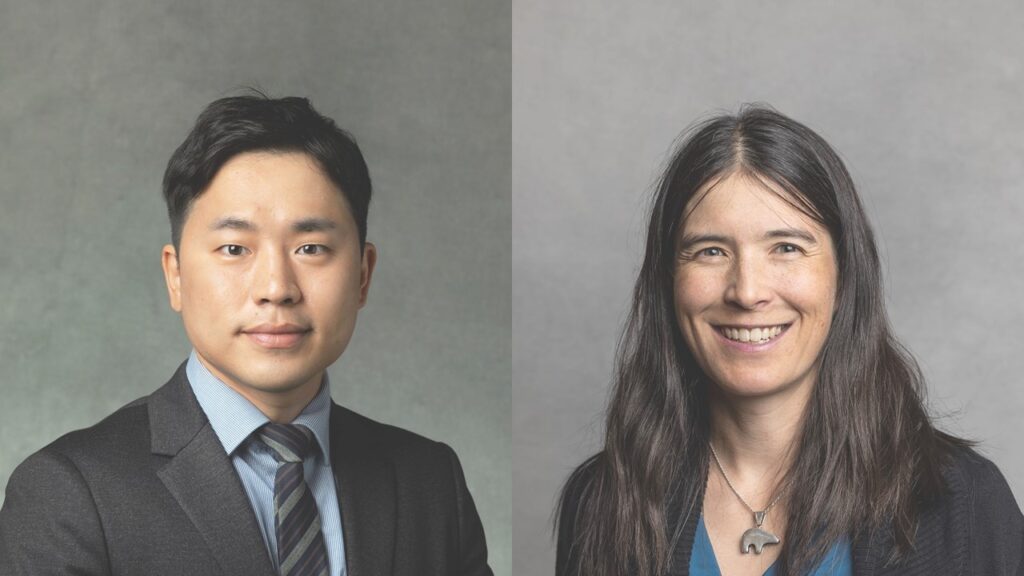Acting on his desire to help undergraduate students make informed decisions about choosing to pursue medical school, Dr. Steve Jameson, a 1985 University of St. Thomas graduate and emergency-room physician at St. Cloud Hospital, is teaching here for the first time a course he developed called Exploring Medicine.
Jameson first developed the course about seven years ago and has been revising it since, along with a friend of his, Dr. Todd Grant, a retired emergency physician and adjunct professor at the University of Minnesota.
The two doctors co-teach the course along with Dr. Michele Hanson, a 1981 St. Thomas graduate and family practice physician at the Mayo Clinic in Rochester.
Although Exploring Medicine has been taught at the College of St. Benedict and St. John’s University since 2006, the course’s roots date to 1990, when Jameson was an intern at Hennepin County Medical Center. He called it An Introduction to Medicine then, which he taught at St. Thomas over January Term.

Dr. Todd Grant (left) and Dr. Steve Jameson
Fourteen years later Jameson, with Grant, renamed the course and beefed it up with a semester’s worth of curriculum. The course now includes interactive lectures; a required “shadowing” experience, during which students follow a health care professional for part of a day; a research and presentation project; and a debate on a contemporary and controversial topic in the medical field.
This semester the 11 class members, split into two teams, will debate whether the Accreditation Council for Graduate Medical Education should restrict residency hours. Each team must interview a program director of a residency program in preparing their arguments.
One question Jameson hopes his students also will debate is: “Is this really what I want to do with the rest of my life?”
“Medicine is tough,” he said. “When I was in medical school, 17 people in my class dropped out in the first semester, and I thought, ‘What a waste for them to go through all this time and energy and money only to realize this isn’t what they want to do.'"
This is where the Q-and-A-friendly “provider panels” come in handy. During these sessions, a physician and/or a physician’s assistant speaks on the personal aspects of working in medicine, such as finances, the stresses of residency, expectations and how medical school and the job itself affect relationships and, further down the road, decisions on when to marry or start a family.
Justina Hausmann, 21, a junior majoring in neuroscience and Catholic studies, admitted that “the thought of just applying for medical school or working seemingly impossible long hours in residency is so daunting and intimidating,” but through the course she has “learned more about what it means to juggle family and career as a physician, which is something I’ve always worried and wondered about.”
Although the class has confirmed for Hausmann that the road to medical school is one full of challenges, she remains undeterred in her plans to pursue an M.D. because “it will be more than worth it when it means saving and changing lives” she said. She wants to use her medical practice in Third World countries, particularly her mother’s village in Kenya.

Kaylene Reider is a student in this semester's Exploring Medicine class.
While the scope of study in Exploring Medicine covers complex medical topics, Jameson has structured the course so they “learn to think like doctors,” he said. “They know what happens at the cellular level in a normal, healthy system, but to think like a doctor they need to ask: “Why should I use this medicine to treat this problem?”
He added, “They typically know much already, for example, about cellular biology, but in class we take a step back so they don’t miss the forest for the trees. In class we talk about what happens on a much broader level when things go awry in the human body, which is pathophysiology, because that’s what medicine is about.”
Ashton Johnson, 20, a junior biology major, said she is happy to learn beyond the general concepts she learned in her biology, chemistry and math courses: “In Exploring Medicine, these general concepts are applied to medicine and real-patient scenarios … and you get a chance to solve real-patient cases.” She added that this learning style “solidified my aspirations to become a physician because I love problem-solving and working with people.”
Johnson has taken full advantage of the opportunities allotted her in class. She already has shadowed an emergency medicine physician at Regions Hospital in St. Paul and hopes to add a cardiothoracic surgeon, whom she potentially will shadow during an open-heart surgery, to her list.
Logan McDermott, 20, a junior biochemistry major taking the class, said he’s “gone back and forth on what I want to do after college.” He is interested in emergency medicine, especially after shadowing an ER doctor at Regions, as well as anesthesiology and pathology, but teaching college-level chemistry or biochemistry also appeals to him.
Jameson said the course is open to any student interested in health care "with an emphasis on those interested in medicine." His syllabus reflects this emphasis. Throughout the semester students will study the cardiovascular system, specifically shock, and what happens at the cellular level when the body doesn’t get enough blood flow to its cells and, equally important, what a physician can do to correct the condition. They also will study the respiratory and integumentary (skin, hair and nails) systems, the renal acid base, as well as analyze medical literature.
But above all, he said "what we're doing is looking more globally at what happens to human physiology when things dysfunction and thereby how to treat patients," which is why, for instance, they'll study acne and burn (for the integumentary portion of class) and how it affects patients not only physically but also emotionally.
The backbone of the course, Jameson explained, “is to introduce practical applications as an extension of students’ bases of knowledge in human pathophysiology.”
